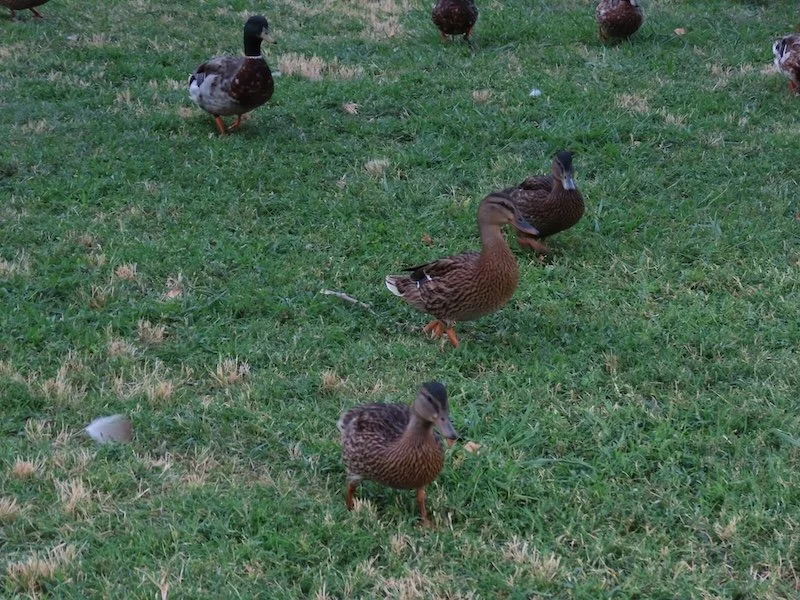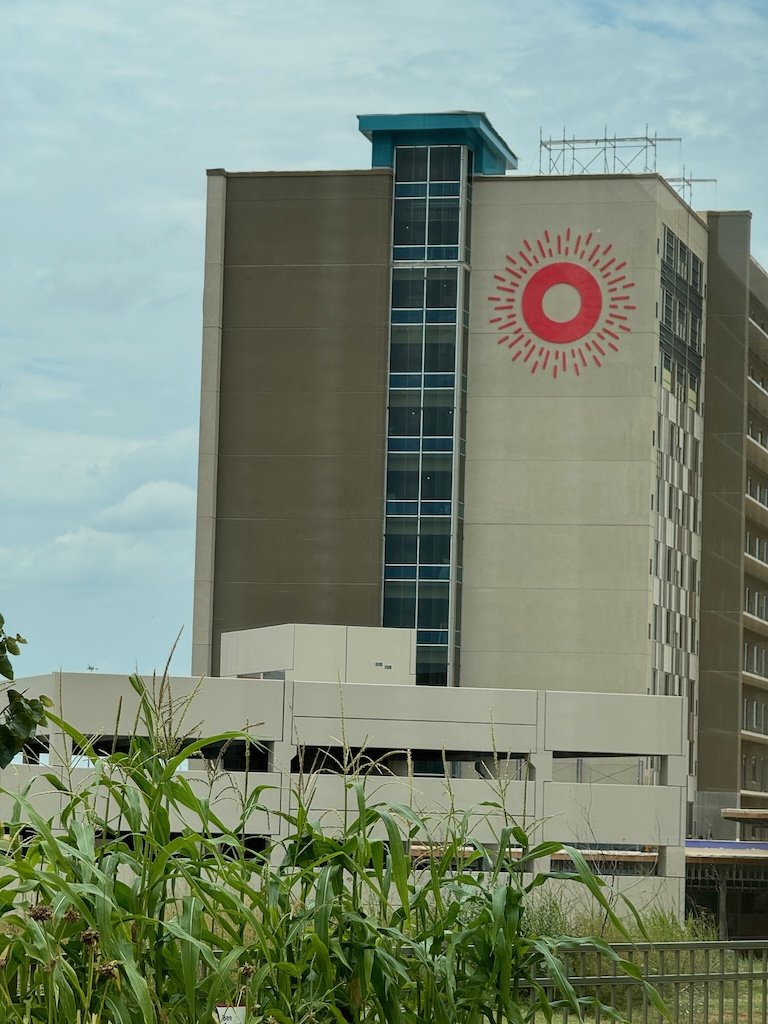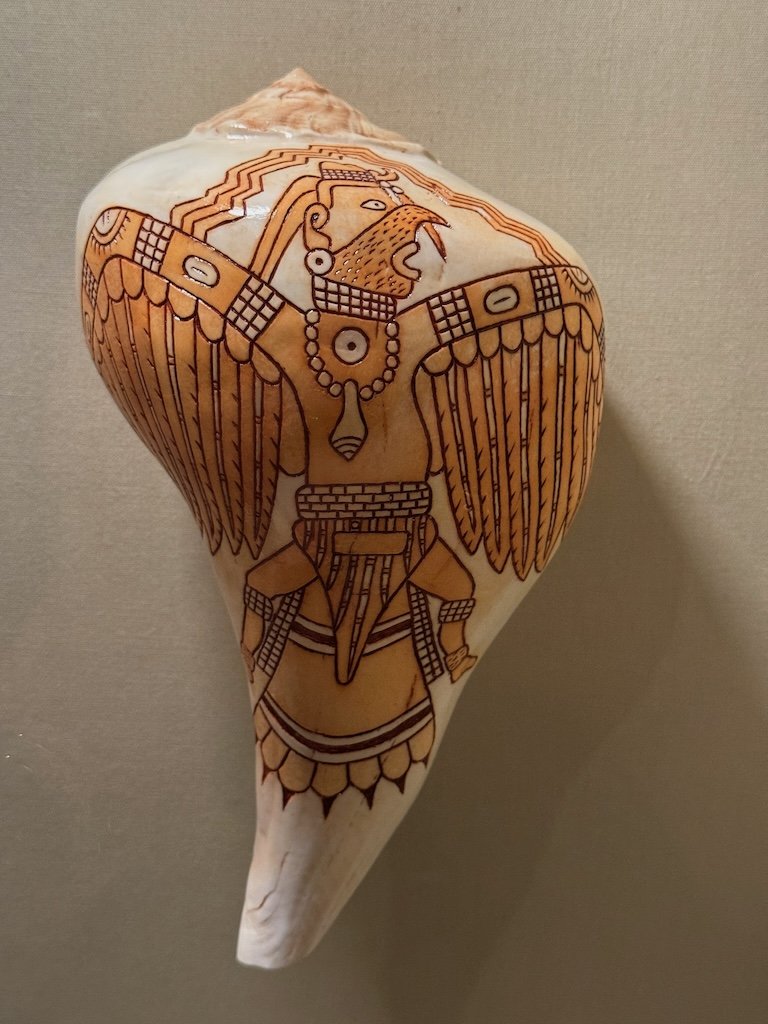Bed bug?
/During the last year of my career (more than 10 years ago), one of my colleagues missed some meetings and I found out from him later about his trauma with bed bugs. Based on the timing of his symptoms developing, he’d picked them up in a hotel near Dulles Airport on one of his frequent business trips to the area…not realized that he had them until his home was contaminated too and he had terrible bed bug bites particularly on his face. He was overwhelmed by what happened; it had a significant impact on his life for about 6 months.
Even so, I didn’t change anything about the way I traveled. Something happened on my last trip to Dallas that is changing my strategy.
I was sitting on the small hotel-room couch in the evening and noticed a small bug crawling across my t-shirt. I crushed it and wiped it onto a paper towel; it left a bloody streak. My first assumption was flea or tick. Then I thought it might be an adult bed bug although at the time I thought it was too big to be a bed bug. I still went to check the seams of the mattress…and discovered that there was a mattress cover than looked very tightly woven. The bedding was the usual white and I didn’t see anything on the bed that looked suspicious. I looked at the crushed bug, but it was too mutilated for identification.
On the way home, I began to realize that I had to assume that it could have been an adult bedbug (and where there are adults…there are likely eggs and nymphs); my husband did some research while I drove home. When I got home:
Almost everything stayed in the car.
I took a shower/shampoo immediately and the clothes I took off were put into a plastic bag and put back in my car.
I stayed mostly in the downstairs apartment area for 2 days/nights (laundering linens in hot water and dryer after the 1st night).
After the 1st night, I put the pillows I’d used into my car and parked it in the driveway; the day was hot and sunny. The thermometer in the car indicated that the interior was above 130 degrees for 6 hours.
I still don’t know if I was exposed to bedbugs or not. I haven’t developed any symptoms of bites and it’s been 8 days. Sometimes it takes time for the symptoms to appear.
The experience has me making some changes to how I travel:
Pack a small collection vial. If I see a small bug – I will put it in the vial rather than crushing it so I can ID it.
Carry my luggage into the hotel rather than rolling it. Put it on a hard surface rather than carpeted for the duration.
Put dirty clothes in a sealed plastic bag.
Shower thoroughly when I first get home and put dirty clothes in a sealed plastic bag
In the summer – leave fabric items (sealed plastic bags, hats, purse, shoes, etc.) in the car and park it outside after the trip; make sure the temperature is above 120 degrees for several hours.
In the winter – put fabric items in the freezer (downstairs apartment) for several days
Buy and install mattress covers that prevent bed bugs from accessing the mattress.
Some websites I found helpful:
https://www.thespruce.com/handle-bed-bug-infestation-laundry-2146304
https://www.webmd.com/skin-problems-and-treatments/bedbugs-infestation






































































































































































































































































